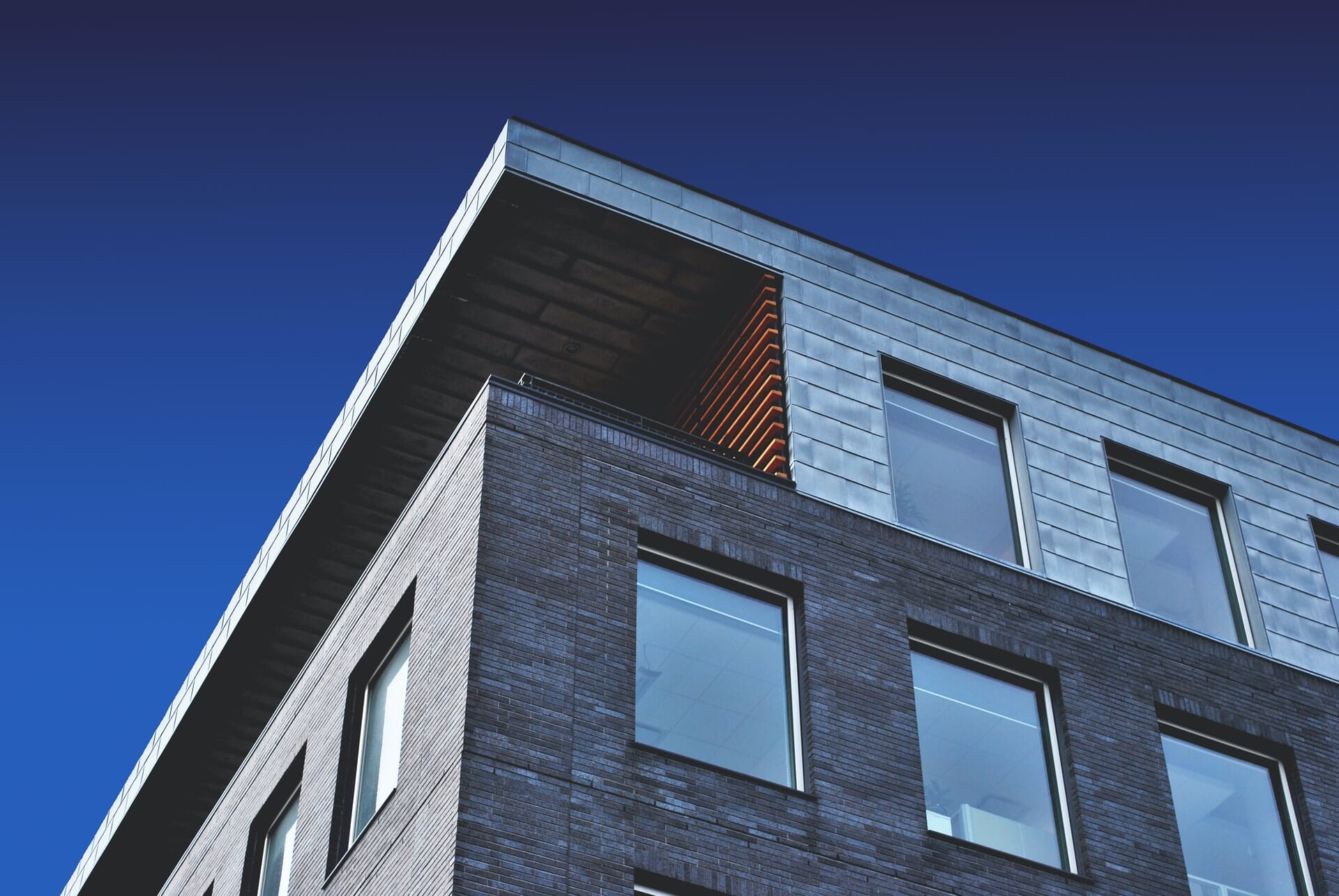 Étienne Beauregard-Riverin
Étienne Beauregard-RiverinMultifamily Innovative Construction Techniques – A global outlook
GRI Global Multifamily & BTR Committee | 2022
Stakeholders’ expectations are driving companies to revolutionize the construction sector towards a net-zero future, and tackle embodied carbon emissions alongside a financial return.
However, inflation continues to keep construction costs high and shows no signs of changing anytime soon. This topic was the focus of the 1st GRI Global Committee’s session on Multifamily & BTR 2022.
For the 2nd Global Multifamily & BTR Committee session, GRI Members and Special Guests gathered to share several case studies on the alternatives to make BTR investment feasible and green. Is it possible through 3D printing, modular and technological improvements?
Important Takeaways:
-
Not only new material methods will drive impact investments, but Multifamily & BTR business model as a whole. Investors are optimistic about its future.
-
3D printers can make a huge difference by providing complex shapes and sophisticated architecture at no extra cost and might represent a great opportunity for mass customization designs.
-
3D methods don’t necessarily become more profitable if used in every construction process. They can rather produce unnecessary cost and complexity.
-
3D printing is now a feasible technology in Europe as developments have achieved full permits from building authorities.
-
3D has grown exponentially in Houston. In the last two years, the number of multifamily units that have been rented doubled.
-
Modular construction improves timelines, cost certainty, product consistency, and quality assurance compared to traditional techniques.
-
3D and modular supply chains are still nascent, and the approach seems to vary significantly among real estate players. But Committee Members seem optimistic about rethinking their product strategy with new technologies.
*Disclaimer: While this review highlights the most relevant topics under discussion, it does not contemplate the full discussion between the Board and all Members. In addition, committee sessions also dedicate time for networking.

Peri/Cobod (German)
Global manufacturer and supplier Peri, in collaboration with Cobod, realized the first 3D-printed residential building in Germany in 2020. According to research provided by executives during the committee session, 3D printing is now a feasible technology in Europe as developments have achieved full permit from building authorities.
Another focal point mentioned was the priority of leveraging strong collaborations between construction leaders, architectural firms and authorities. The technique will have an even greater impact on the market if embraced by all stakeholders.
In Germany's first 3D-printed house, Peri applied one of Cobod’s 3D construction printers.
HANNAH (US)
Founders of HANNAH, an experimental design and research organization, shared their thoughts on 3D concrete printing technology from the designer's point of view.
The technology resets the way to think about optimizing material usage and embraces mass customization design since 3D printers can construct complex forms without extra cost. But considerations should be given to how to leverage and integrate certain aspects of conventional construction that are also efficient.
Ashen Cabin is a small structure 3D-printed from concrete with a custom printing process. (Andy Chen.)
Family Communities (US)
According to data brought by developer Family Communities, the demand for built-to-rent housing that uses 3D concrete printing technology has grown exponentially in Houston. In the last two years, the number of multifamily units that have been rented doubled.
The CEO of the organization explained that this is mainly due to the economic advantages of 3D printing. It can reduce the cost of construction from $198 to $24 a linear foot of wall, and the construction time drops from 8 weeks to 1 week to deliver a home completely ready to move in.
Modular construction techniques were highlighted as one of the trends in BTR. "Build off-site and transport to the site for assembly."
Molegolar (Brazil)
Founder of Brazilian startup Molegolar presented the main features of the company and latest projects. Molegolar technology should permit resilient housing with plans composed of modules adaptable to customer space needs. The flexibility in modular buildings was mentioned. Users may enlarge or reduce apartments without the need to move.
Stelling Properties (UK)
Modular development Stelling Properties focuses mainly on student accommodation. According to representatives, “modular construction improves programme timelines, cost certainty, product consistency and quality assurance compared to traditional techniques.”
Riverside House, Guildford. Modular development in a city center location. A 99-module student building might take less than 10 days to deliver the full building, with the minimum amount of disruption to the local community.
Leaders from the company also stated that controlling the entire process, from land acquisition, to design, engineering, construction, and operation is essential to ensure quality control with new construction methods.
PlanRadar (UK)
When it comes to monitoring and efficiency, connecting the processes in the construction phase is key. According to executives, PlanRadar offers one easy-to-use platform that digitizes daily projects during the delivery of buildings.
It was mentioned the importance to monitor every step in the construction period, from task assignment, to snagging and QA processes. It allows reporting who is accountable for the work at every step of the project and gathering all important information in one system.
Additionally, the PlanRadar app support firms in achieving net-zero targets during the construction.
Multifamily is inherently about energy efficiency
CalRov CRE Partners
According to founders from CalRov CRE Partners, not only new material methods will drive impact investments, but Multifamily & BTR business model as a whole. Investors are optimistic about its future.
Multifamily housing affects living standards, savings rates, and consumption. As opposed to traditional single-family homes, it reduces commuting needs, makes infrastructure more efficient, and improves energy efficiency in a broad sense.
In addition, the tendency is for authorities to have policies quite favorable to energy efficiency solutions. Reducing residents’ utility bills and the overall carbon footprint of housing systems is a top priority.
Flexible work processes within Multifamily – reshaping the industry
-
Yes, 3D printing and modular supply chain are still nascent, and the approach seems to vary significantly among real estate players. But Committee Members seem optimistic about rethinking their product strategy with 3D printers and modular design. Customizing design in high volumes and at a relatively low cost is possible.
-
More broadly, the BTR benefits over traditional family housing should be huge. Considering high inflation and ESG commitments alongside a financial return, multifamily is on the journey to reshape the industry.
-
Part of the solution lies in not just looking at the construction process or only one aspect of the building. But by thinking through the entire system, from zoning and commuting to the construction process, maintenance, and energy management.
Committee Members agreed to explore in the next sessions a full comparison of environmental impact in build and operation, between traditional methods and offsite building systems.
Watch Now
A complimentary excerpt of the full 1h Global Committee session exclusive to GRI Club Members. If you’re a member, watch the complete session on Media Center.
About the GRI Global Committee
The GRI Global Committees function as think tanks that bring impactful international conversations, and top-notch content. They gather the most influential global players of the real estate industry in a full-year journey of online sessions in order to identify new trends, capitalise on growth opportunities, and aid deal flow discovery worldwide.
Learn more about GRI Club: griclub.org
– Written by Lucas Brancucci | GRI Global Committee Production Team